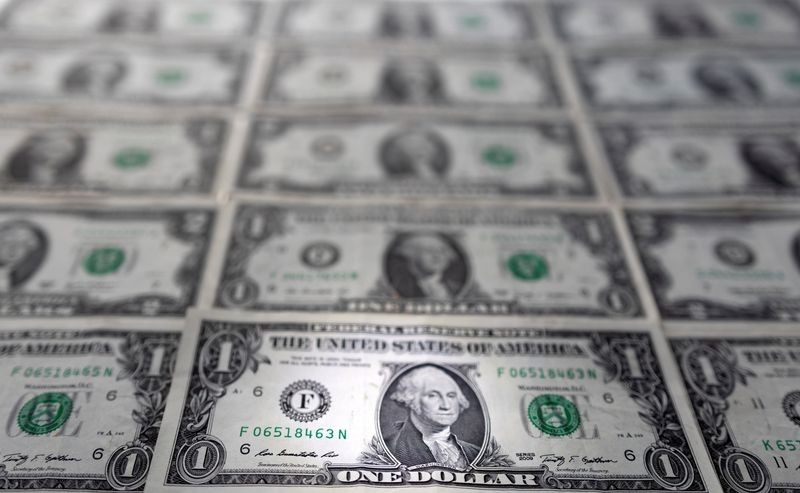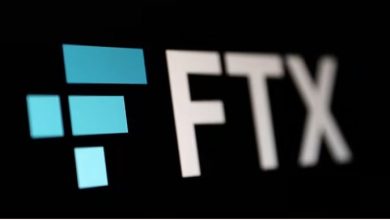U.S. Dollar Rebounds as Fed’s Rate Cut Fails to Meet Aggressive Dovish Expectations
The U.S. dollar staged a notable recovery against most major currencies on Wednesday and Thursday, pushing back against earlier weakness after the Federal Reserve’s recent interest rate decision. While the Fed delivered an expected quarter-point rate cut, its cautious forward guidance fell short of the highly dovish sentiment that financial markets had priced in, prompting a dollar rebound.
Adding to the dollar’s strength, new data revealed a decrease in U.S. unemployment benefit claims, reversing an earlier surge and underscoring a resilient labor market.

Fed’s „Risk-Management“ Cut and Cautious Tone
The Federal Reserve reduced its benchmark interest rate by 25 basis points on Wednesday, a move widely anticipated by analysts. However, Fed Chair Jerome Powell characterized the action as a „risk-management cut“ in response to a weakening labor market, rather than the start of a rapid easing cycle. Crucially, Powell emphasized that the central bank did not need to rush further cuts.
„Powell’s words fell short of the unequivocal dovishness that the markets were expecting,“ noted Eric Theoret, FX strategist at Scotiabank. This perceived lack of aggressive easing, combined with the week’s earlier heavy dollar selling, provided the catalyst for the greenback’s recovery.
Immediately after the Fed’s decision, the dollar initially dipped to its lowest level since February 2022 at 96.224 against a basket of major peers. However, it quickly sprang back, trading up 0.4% at 97.347 by Thursday.

Global Currency Reactions: Pound, Euro, Yen, and Krone
The dollar’s broad strength put pressure on other major currencies:

Bitcoin Performance
Amidst the currency fluctuations, cryptocurrency Bitcoin (BTC=) saw a positive movement, trading 1.9% higher at $117,837.
The divergent messages from central banks and incoming economic data are setting the stage for continued volatility in global foreign exchange markets, as investors adjust their expectations for future monetary policy.



